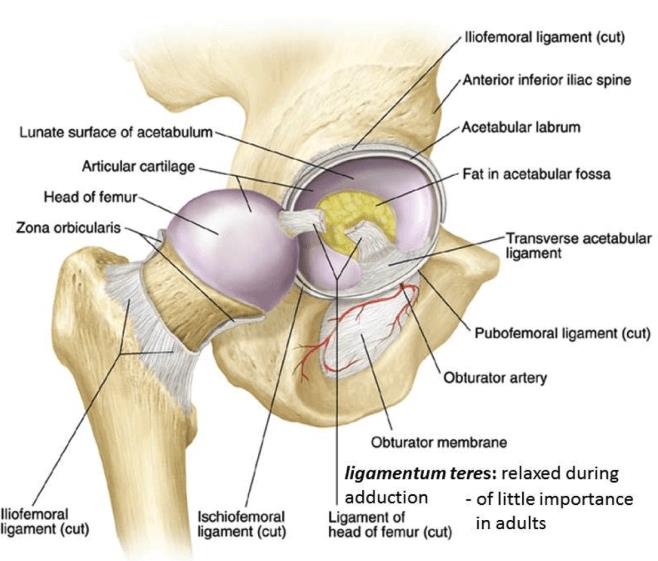Identities
Hospitals, Medical Practitioners (Surgeons, Nurses, Physical Therapists), Patients, and families.
Perspectives:
Through interviews with surgeons and outside research, we learned that there are many procedures that could be improved upon in terms of time, cost, and efficiency through the development of more specific tools. Surgeons communicated with us that they have a need for more maneuverable, less bulky tools that would allow them to maintain a visual on the target area.
For example, we learned from an interview with orthopedic surgeon Dr. Aaron Colman that there is no tool suitable for severing the ligamentum teres in hip replacement surgeries. There exists a market for a suite of tools that address these types of highly specific surgical needs.

(source: https://upload.orthobullets.com/topic/12769/images/hip-joint-anatomy.jpg)
We also learned through an interview with pediatric ENT surgeon Dr. David Karas that difficulties exist in the leverage and visualization of incisions in ENT (ears, nose, and throat) operations, and that safety issues exist in operating on head and neck tumors.

(source: https://www.medindia.net/images/quiz/300_250/head-neck-cancer.jpg)
Through interviews with physical therapists and athletic trainers, we learned that there is a market need for faster and more efficient recovery. Studies suggest that a less invasive, and more specific device could equate to less surgical complications and therefore, quicker recovery post surgery.
Assumptions
We are assuming that surgeries would be more time effective, and therefore, more cost-effective while using our tool. Another assumption we are making is that most patients need post-surgery care, such as PT, and that recovery times need to be improved. Lastly, we are assuming that the need for improved surgical tools is a general belief amongst surgeons, although we only interviews a very small sample size.
0 Comments